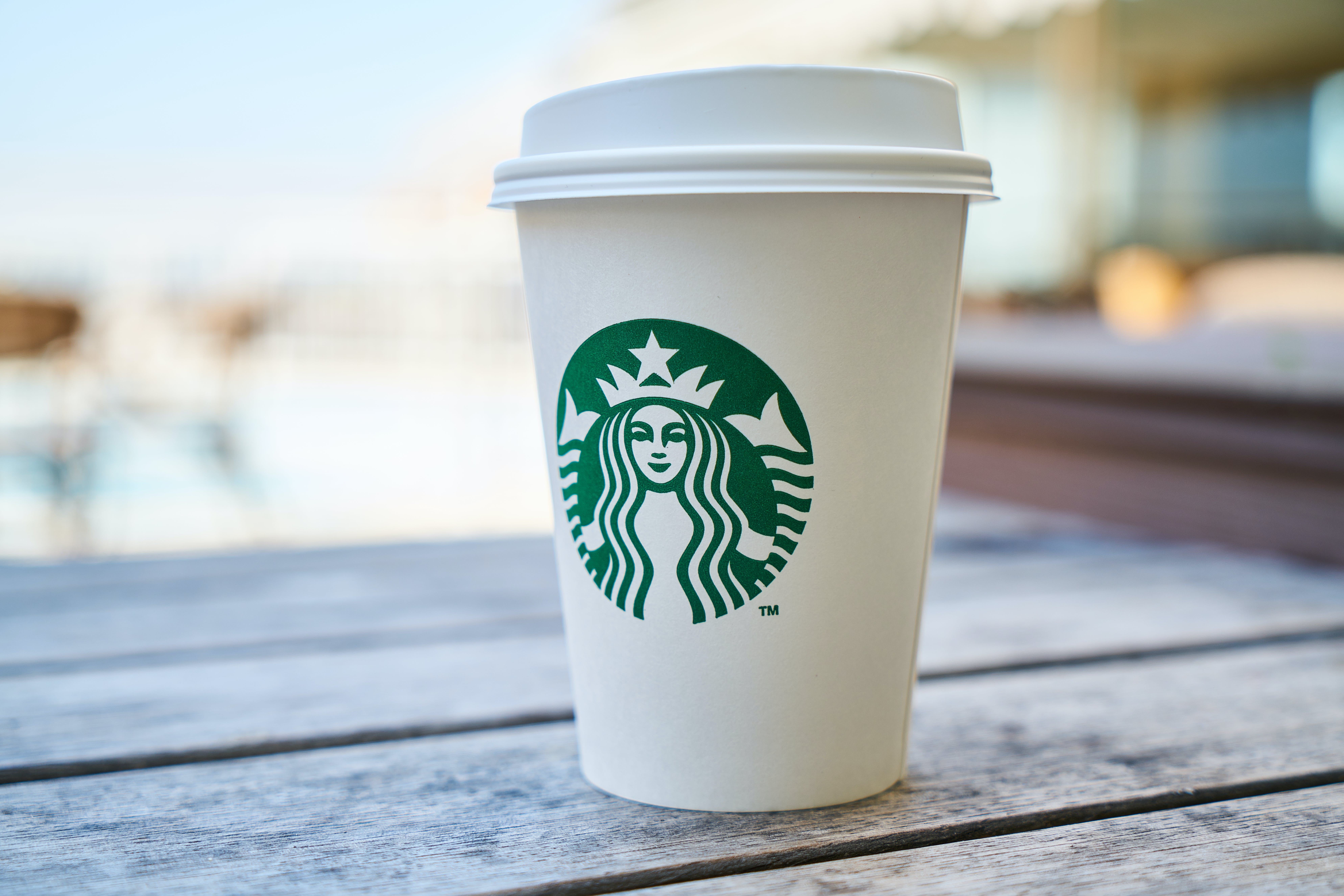The Use of Influencer Marketing for Brand Awareness

Standing out is paramount in today’s digital landscape, where the competition for consumer attention is fierce. While traditional advertising still holds its place, a rising star in marketing—Influencer Marketing—has emerged as a potent tool, particularly for brand awareness. Let’s delve into how influencer marketing is revolutionising the way brands imprint their image in the consumer psyche.
1. The Digital Shift and the Rise of Social Media Personalities
Before understanding the why, let’s grasp the how. Traditional celebrities from cinema and sports have always been influential, but with the digital revolution, there’s a new breed: the social media influencer. They might be a beauty vlogger on YouTube, a charismatic gamer on Twitch, or perhaps a fashionista sharing daily looks on Instagram.
2. Why Brand Awareness Matters
Awareness is the first step in the customer’s journey. Before a customer considers a purchase, they must recognise the brand. In a crowded market, a lack of brand awareness translates to missed opportunities.
3. Reaching Audiences Where They Are
Recent surveys suggest that consumers, especially Gen Z and Millennials, spend significant hours on social media. Brands partnering with influencers automatically tap into ready audiences, introducing themselves without the intrusive feel of traditional adverts.
4. Authenticity is the New Currency
Modern consumers are savvy. They prefer organic endorsements over rehearsed commercials. Enter influencers—real people reviewing or showcasing products genuinely. This authenticity makes the audience more receptive and thus boosts brand visibility.
5. Leveraging Diverse Platforms for Varied Audiences
Each social media platform offers a unique audience demographic. TikTok might be buzzing with teens, while LinkedIn caters to professionals. By collaborating with influencers across these platforms, brands can ensure comprehensive visibility.
6. Cost-Effective Branding
Contrary to a celebrity endorsement, which might break the bank, many influencers offer reasonable rates. Some even agree to product-exchange deals. This affordability means even small businesses can venture into influencer marketing for brand awareness.
7. Measurable Outcomes
Platforms like Instagram and YouTube provide in-depth analytics. Brands can measure reach, impressions, engagement, and more, allowing them to gauge the effectiveness of their influencer collaborations in real time.
8. Stories and Temporal Content: The New Billboards
While posts are effective, stories, reels, and other temporal content forms offer instant visibility. They’re the first thing users see, and with an influencer’s recommendation, it’s instant brand recognition.
9. Challenges and Considerations
While promising, influencer marketing isn’t without challenges. Brand-influencer misalignment, fake followers, or inauthentic endorsements can backfire. Hence, thorough vetting and a clear strategy are crucial.
10. Real-World Success: A Glimpse
Numerous brands, from startups to MNCs, have reaped the rewards of influencer marketing. Cosmetics brand Glossier, primarily through influencer endorsements, transformed from a blog into a billion-dollar brand.
Conclusion
In the dynamic world of marketing, adaptation is key. Brands willing to evolve and leverage new-age tools like influencer marketing find themselves ahead in the race for consumer attention. With genuine collaborations and a strategic approach, influencer marketing promises not just brand awareness but also brand loyalty and trust. Remember, in today’s digital age, a brand isn’t just what it tells consumers, but what influencers tell their followers about the brand.
